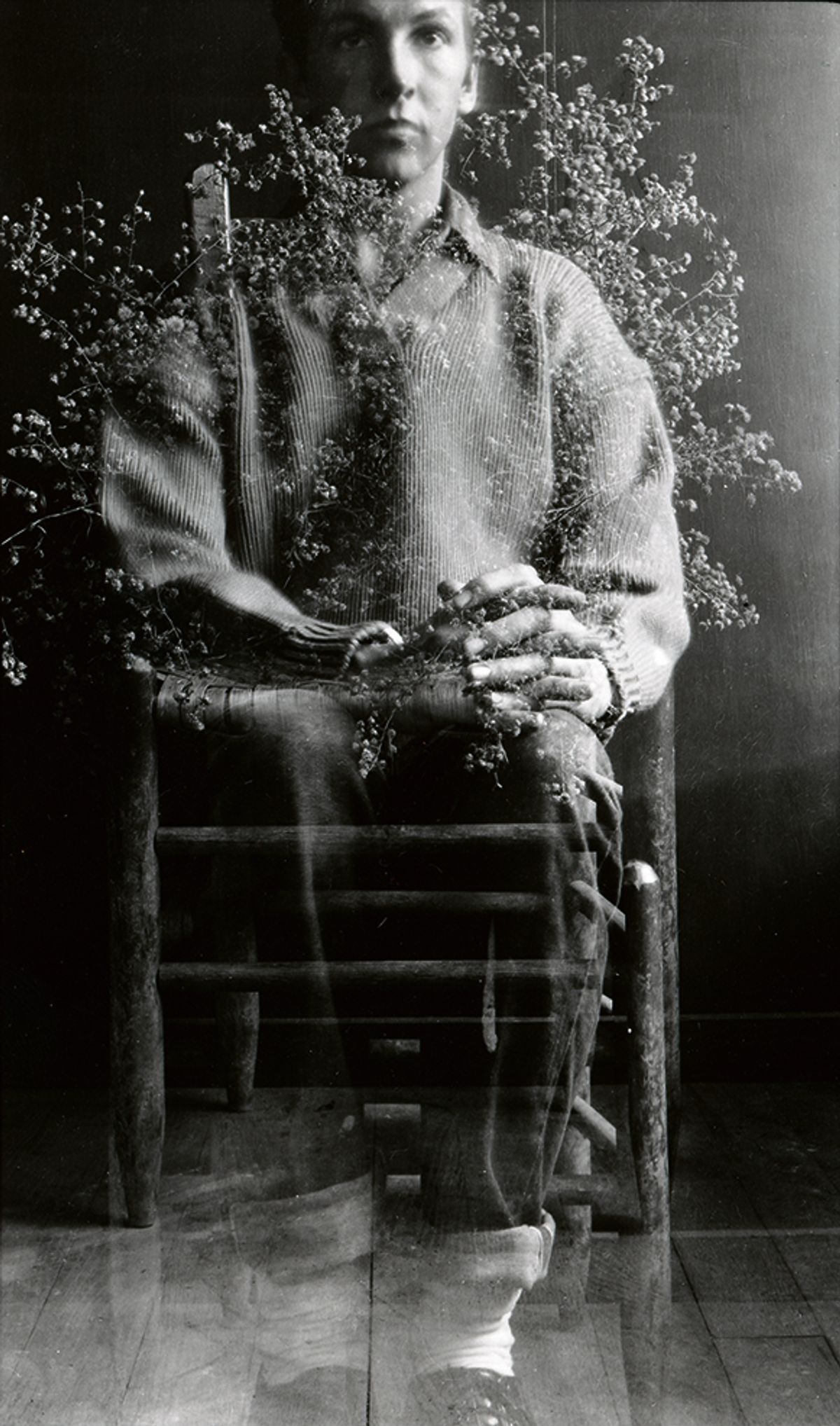An exhibition of early and rarely seen photographs dating from 1949 to 1952 by the American artist Robert Rauschenberg went on show in his former home and studio at 381 Lafayette Street this week. The exhibition, organised by the Rauschenberg Foundation in collaboration with students from Hunter College, coincides with research being undertaken for the first volume in a series of online catalogues raisonné being published in 2025 to mark the centenary of the artist’s birth. The first volume covers the years 1948 to 1953 and will shine a light on Rauschenberg’s photographic practice.
David White, the senior curator at the Rauschenberg Foundation, notes how, early on, Rauschenberg “felt he had to choose between painting and photography”. The artist was known for incorporating a vast array of media in his work, but photography was his primary interest.
Rauschenberg’s studio is not open to the public but is viewable by appointment. Constructed in the 1800s, the building was previously owned by a Catholic orphanage and included a working chapel. When Rauschenberg purchased the building in 1965, he renovated the property but kept the chapel as a studio space.
“Bob was a very gregarious person; there were lots of parties here,” says White, who first met Rauschenberg while working for the New York dealer Leo Castelli. “The place was known as ‘Milton’s Hilton’ after all the people who used to stay here.” (Rauschenberg changed his name from Milton to Robert in 1947.)
In 1968, having discovered the benefits of working in a coastal environment, Rauschenberg bought a property on Captiva, an island in south Florida, and moved his official residence there—though he kept the New York studio. “He loved New York, he loved this building. His accountant kept saying ‘Why don’t you sell that white elephant?’, but he never wanted to,” White says.
The Captiva campus, which hosts an artist residency, was badly damaged by Hurricane Ian in 2022, but is due to reopen later this year.


